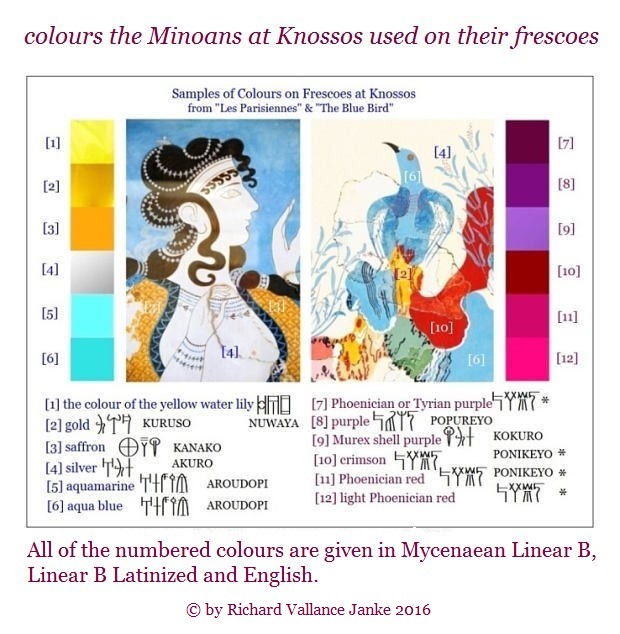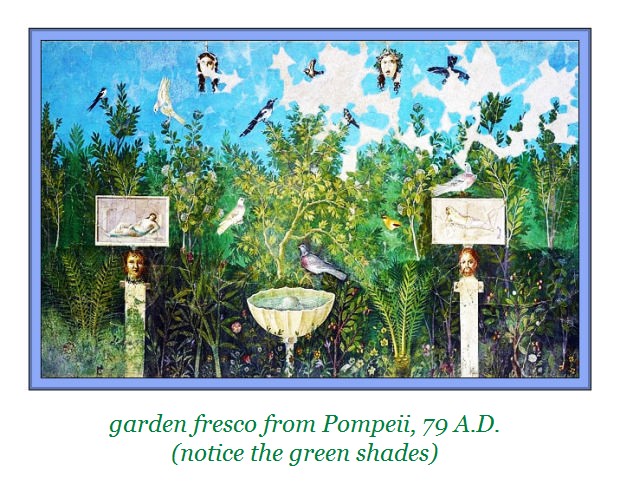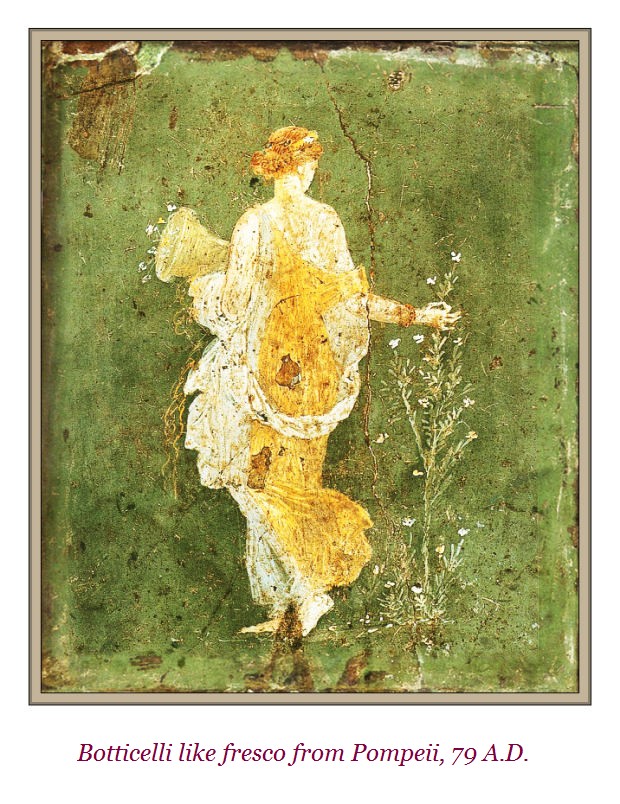senryu – lapis lazuli lapis lazuli inlaid in a silver ring – royal talismanlapis lazuli dans une alliance d’argent – talisman royal Richard Vallance illustration, ancient Minoan silver ring inlaid with lapis lazuli, ca. 1,500 BCE Illustration, alliance minoen d’argent marqueté de lapis lazuli, vers 1.500 AVJC
Tag: azure
senryu – your nose is all wet = le nez mouillé
senryu – your nose is all wet = le nez mouillé your nose is all wet, your eyes azure blue – quiz... are you a cat?le nez mouillé, les yeux azurés – quiz... es-tu un chat ? Richard Vallance
winter haiku d’hiver – the cat’s azure eyes = les yeux azurés du chat
winter haiku d’hiver – the cat’s azure eyes = les yeux azurés du chat the cat’s azure eyes reflecting galaxies of virgin iceles yeux azurés du chat, galaxies, images de glace vierge Richard Vallance
The full range of marvelous, rich colours the Minoans at Knossos used on their stunning frescoes!
The full range of marvelous, rich colours the Minoans at Knossos used on their stunning frescoes!
We notice right away that the colours they had at their disposal ran from various shades of yellows (saffron) and oranges to blues and various shades of purple. The Minoans at Knossos, Pylos, Thera (Thira, Santorini) and elsewhere were unable to reproduce green pigment. This minor drawback had little or no perceptible effect on the splendid results they almost invariably came up with in their breathtaking frescoes, the likes of which were not reproduced anywhere else in the Occidental ancient world, except perhaps by the Romans, especially at Pompeii. The Romans were able to reproduce greens. Two lovely frescoes from Pompeii:



You must be logged in to post a comment.